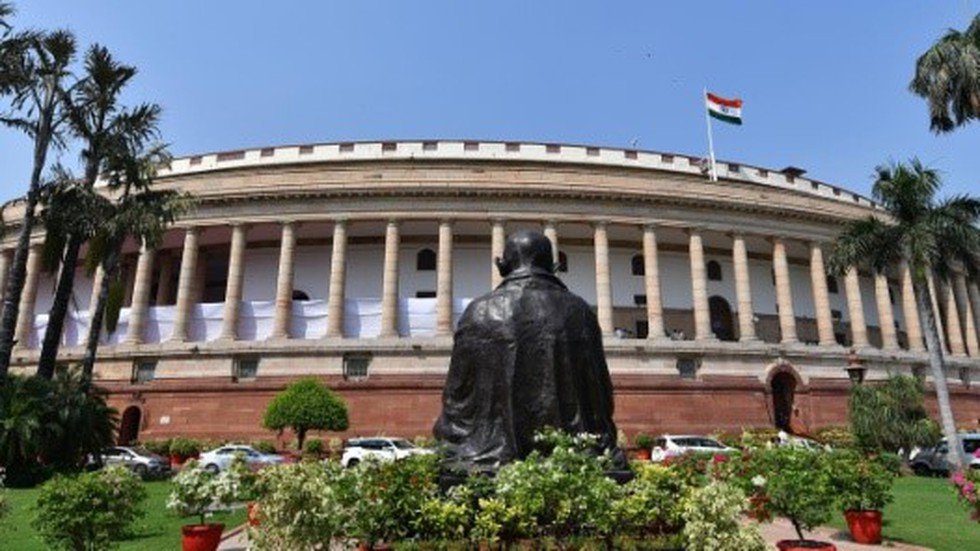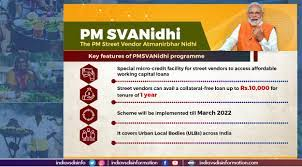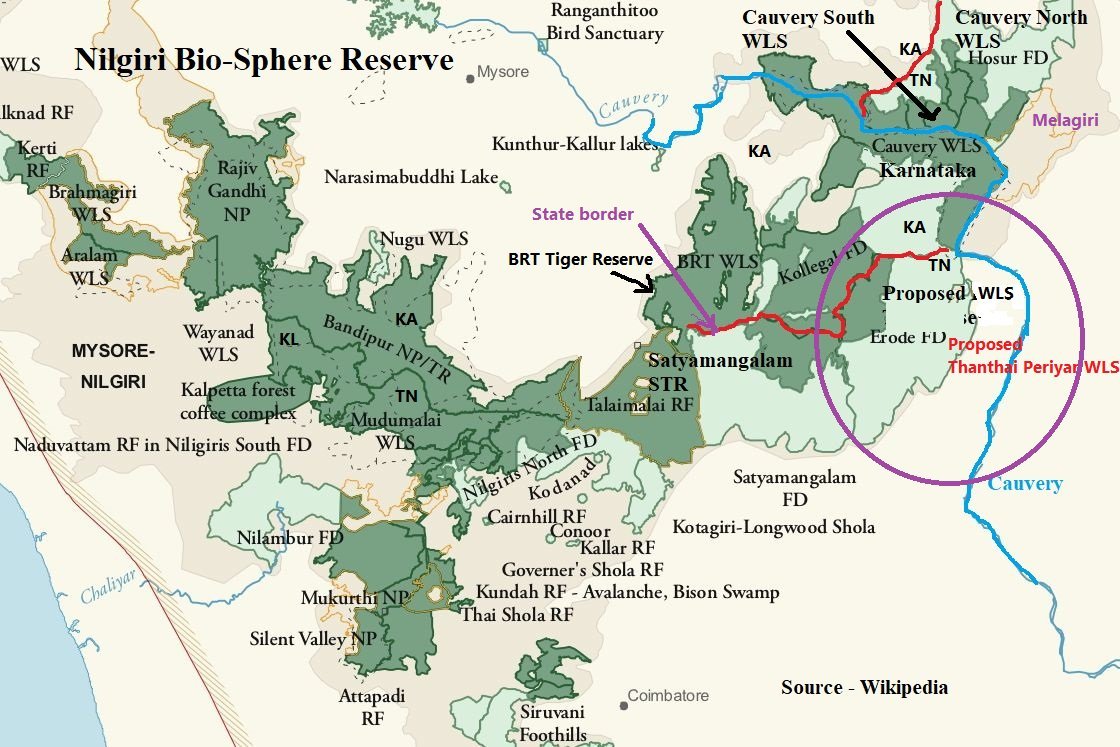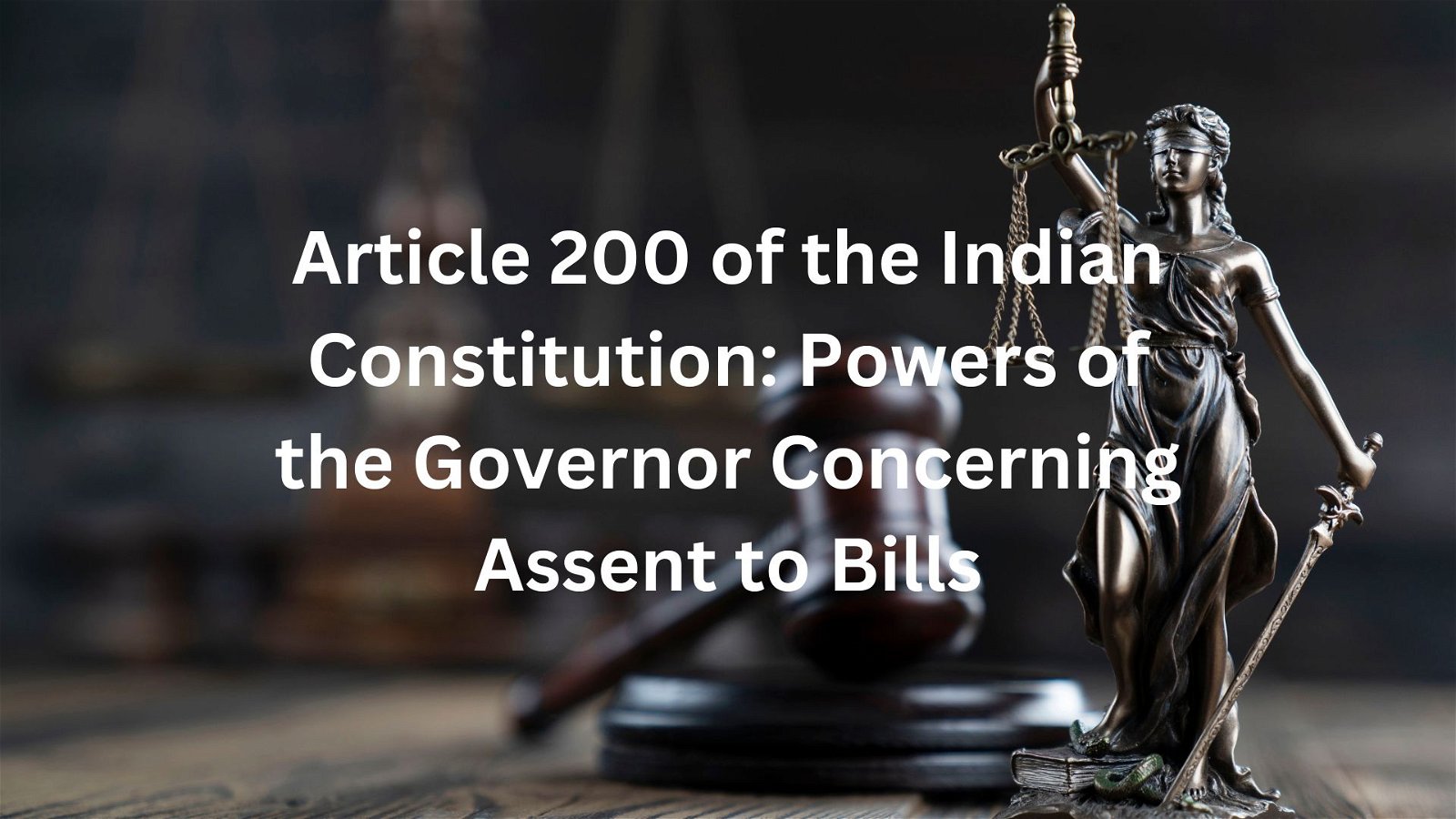
All India Judicial Services (AIJS)
Subscribers of "Current Affairs" course can Download Daily Current Affairs in PDF/DOC
Subscribe to Never Miss an Important Update! Assured Discounts on New Products!
Must Join PMF IAS Telegram Channel & PMF IAS History Telegram Channel
- Context (IE): President Murmu called for an “all-India judicial service (AIJS)” to recruit judges.
Present System of Recruitment of Judges in Lower Judiciary
- Under Article 233, all judges of the lower judiciary up to the level of district judges are selected through the state judicial services exam.
- The State Public Service Commissions (SPSC) and the concerned High Court conduct the selection process, since HCs exercise jurisdiction over the subordinate judiciary in the state.
- Panels of HC judges interview candidates after the exam (by SPSC) & select them for appointment.
-
District judges are appointed by the State Governor in consultation with the High Court.
- Under Article 234, the Governor appoints persons (except district judges) in a State’s judicial service following rules created by them (state), consulting the SPSC and the relevant High Court.

Integrated judicial system
|
Drawbacks in Current system
-
Urgent need to fill up the vacancies: In India there are about 21 judges per 10 lakh population even though the Law Commission had recommended that it should be at least 50.
- In US or the UK judges to population ratio is 107 and 51 judges per million people, respectively.
- Huge pendency of cases & delayed justice.
- Subjectivity, corruption and nepotism in appointment.
What is AIJS?
- All India Judicial Service (AIJS) is a proposed judicial service in India.
Purpose
- To centralise the appointment of district judges for all states and additional district judges at the lower level of the judiciary.
- Proposing centralisation of recruitment of lower judiciary judges akin to UPSC, followed by their allocation to states.
Posts for which AIJS will be created
- Article 312 (2) of the IC states that the AIJS cannot include any post inferior to that of a district judge, as defined in Article 236.
Article 236
|
Procedure for creation of AIJS
- No constitutional amendment will be required for the establishment of AIJS.
- The 42nd Constitutional amendment in 1976 amended Article 312 (1) empowering Parliament to make laws for the creation of one or more All-India Services, including an AIJS, common to the Union and the States.
- If the Rajya Sabha declares through a resolution, supported by at least two-thirds of its present and voting members (absolute majority), it is necessary or expedient to create a service in the “national interest.”
- Article 312 (3) states that the AIJS cannot include any post inferior to that of a district judge, as defined in Article 236.
How is AIJS different from the Present System?
| The Present System | Proposed AIJS |
| Governor is the appointing authority. | Central government will be the appointing authority. |
| State judiciary exams are conducted for every state & judges are posted in the respective states. | All India level exam will be conducted & State cadres will be allocated by the central government. |
Need for AIJS
Huge vacancy of judges and delay in recruitment
- The 116th report (1986) of the Law Commission had recommended that India should have 50 judges per million population as against 10.50 judges (in 1986).
- Currently, the figure stands at 21 judges in terms of the sanctioned strength.
- Almost 5,000 posts remain vacant.
Pendency of cases
- In 2023, the total number of pending cases of all types and at all levels rose above 5 crores.
- National Court Management Systems projected that the number of cases being filed would reach 15 crore in 30 years, requiring 75,000 judges.
Efficient Judiciary
- It will ensure an efficient subordinate judiciary, to address structural issues such as
- Varying pay,
- Remuneration across states,
- To fill vacancies faster, and
- To ensure standard training across states.
Others
- Addressing subjectivity, corruption and Nepotism: The bottoms-up approach in the recruitment would also address issues like corruption and nepotism in the lower judiciary.
- State of art Training institutions: State institutes lack the capacity to allow such adjudication exposure to the selected candidates.
Merits of AIJS
- Accountability, transparency and objectivity in recruitment process: Open competitive exam would reduce discretion of selection panel in the recruitment process of judiciary.
- Representation to deprived sections: AIJS will improve the judiciary’s representative character by drafting in trained officers from deprived sections of society, especially women and SC/STs.
- Reduced Regional Bias: A national pool of judges could help mitigate regional biases in judicial decisions, promoting a more equitable and impartial justice system.
- Promoting National Integration: The AIJS could foster a sense of national unity and integration by bringing together judges from diverse backgrounds and regions.
- Improved Public Perception: A more diverse, merit-based, and efficient judiciary could enhance public trust and confidence in the Indian justice system.
De-merits & challenges of AIJS
- Dilutes separation of power: AIJS creation diminishes separation of power by granting Union government control over state judiciary recruitment, side-lining High Court authority.
- Against India’s Federal structure: Centralized recruitment undermines India’s federal structure, encroaching on states’ constitutional powers and contradicting principles of federalism.
- Impedes upon independence of judiciary: It would compromise Judicial Independence since another body would control appointments and integration, whereas in the judiciary, higher levels oversee and assess lower levels.
- Lack of consensus: Opinions on the proposal lack consensus, with only two High Courts supporting it and 13 opposing. Additionally, there are differences in views regarding eligibility, age, selection criteria, qualifications, and reservation.
- Opposition from advocate lobby: AIJS judges are more likely to become High Court judges compared to High Court advocates, causing opposition from advocate groups in various High Courts.
-
Exclusion of state minorities and backward groups: State minorities and backward groups stand to lose reservation benefits if reservations are determined based on a centralized list.
- Some communities which fall under the backward category in the state list may fall under the general category in the central list.
- Local Language issue: AIJS officers may struggle with local languages used in courts up to the District and Sessions Judge level, impeding effective dispensation of justice.
- Local laws and customs problem: AIJS overlooks the significant diversity in local laws, practices, and customs among different States.
Recommendations on AIJS
Law Commission and other recommendation
- The notion of a centralized judicial service was initially discussed in the Law Commission’s 1958 report on Judicial Administration Reforms.
- This idea resurfaced in the 1978 Law Commission Report, addressing case delays and backlogs in lower courts.
- In 2006, the 15th Report by the Parliamentary Standing Committee on Personnel, Public Grievances, Law, and Justice endorsed the concept of a nationwide judicial service and formulated a draft bill.
Supreme Court on AIJS
- In 1992, the Supreme Court’s ruling in ‘All India Judges’ Association (1) v. UOI’ directed the Centre to establish an AIJS.
- A 1993 review of the judgment allowed the Centre freedom to initiate action on the matter.
- In 2017, the Supreme Court independently addressed the appointment of district judges and suggested a “Central Selection Mechanism.”
Way forward
- Achieving stakeholder consensus is crucial.
- AIJS must address its flaws to become a potent judicial solution.
- NITI Aayog recommends:
- AIJS cadre reporting to High Court Chief Justices for judicial independence.
- Conducting regular, time-bound AIJS examinations.





![PMF IAS Environment for UPSC 2022-23 [paperback] PMF IAS [Nov 30, 2021]…](https://pmfias.b-cdn.net/wp-content/uploads/2024/04/pmfiasenvironmentforupsc2022-23paperbackpmfiasnov302021.jpg)











